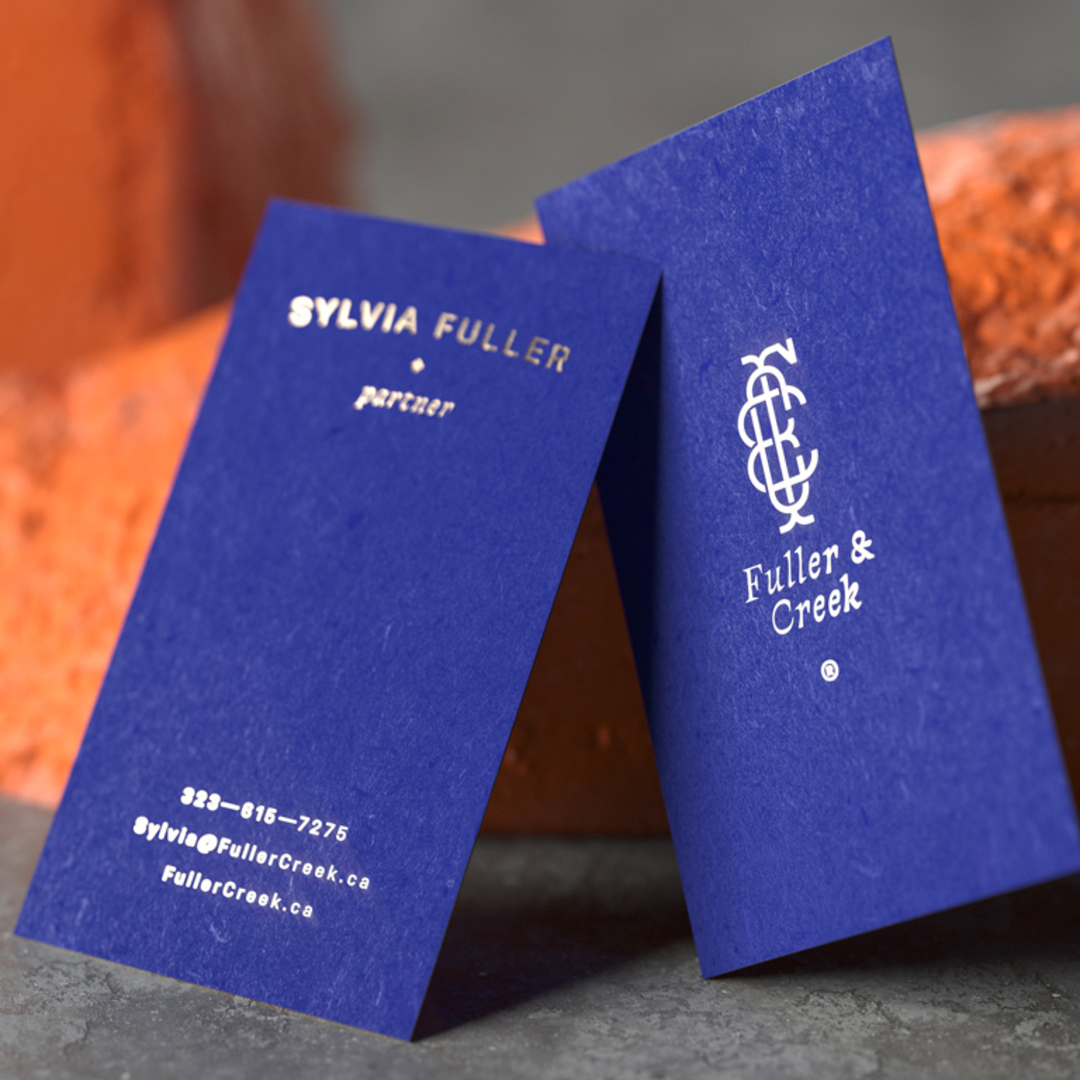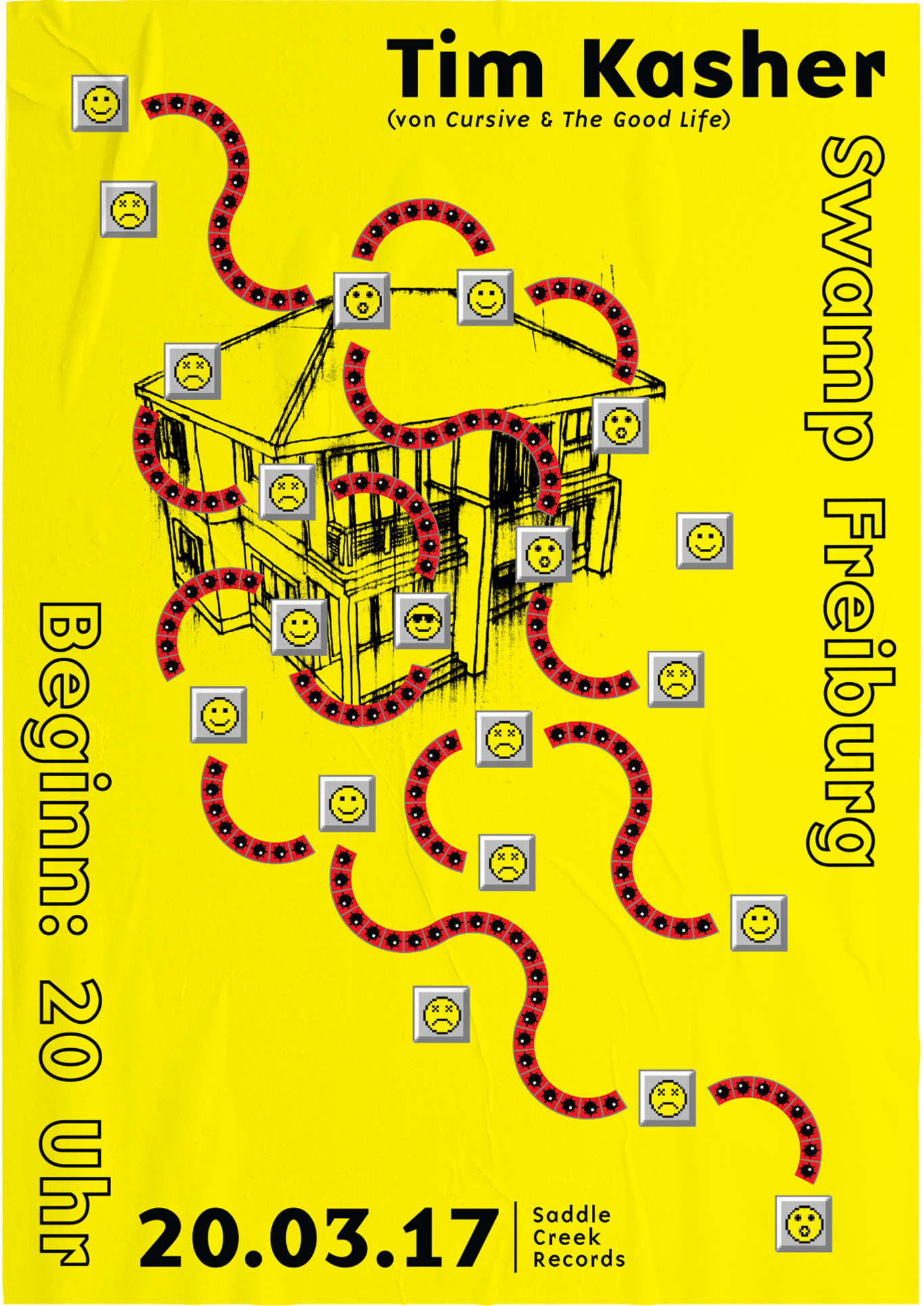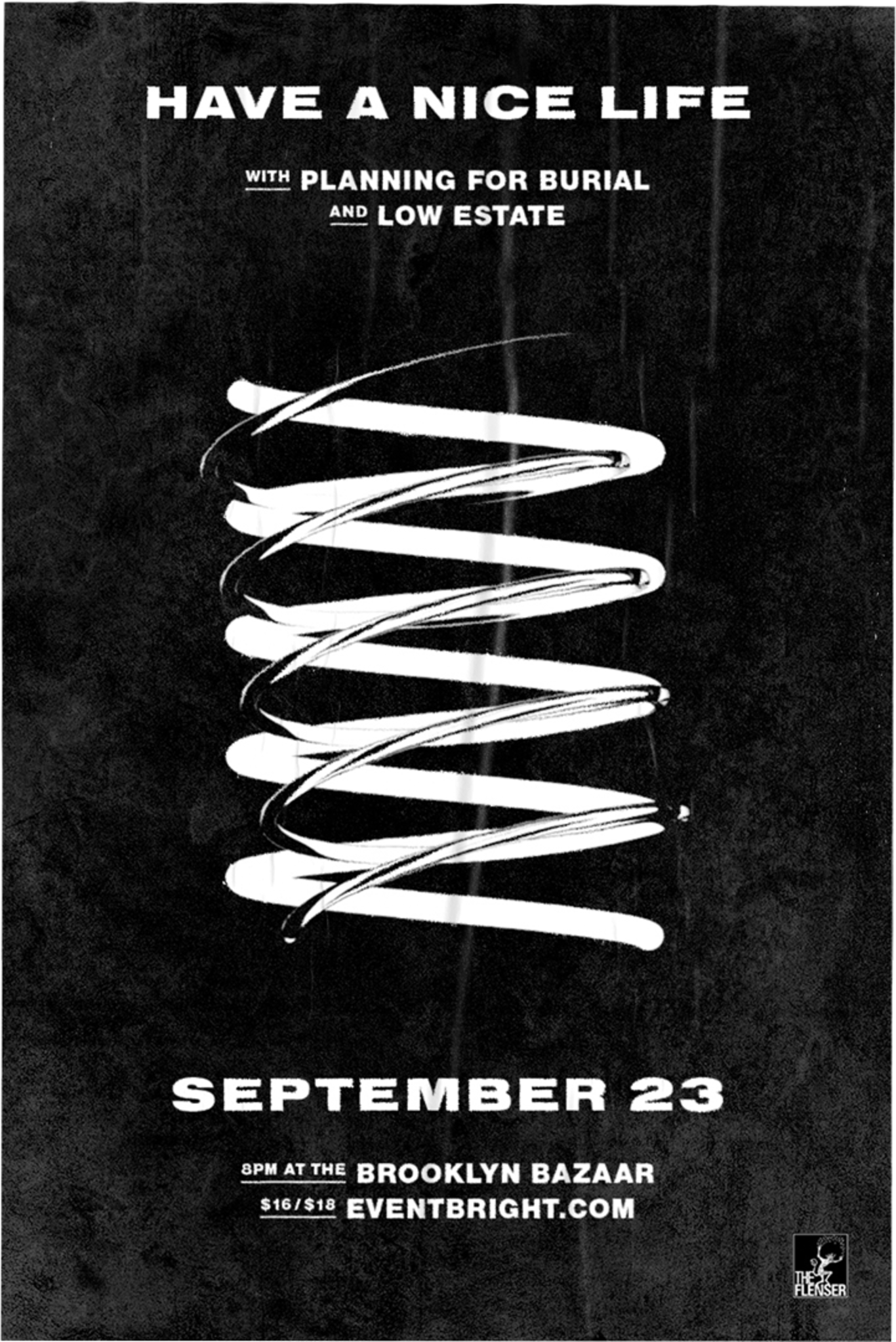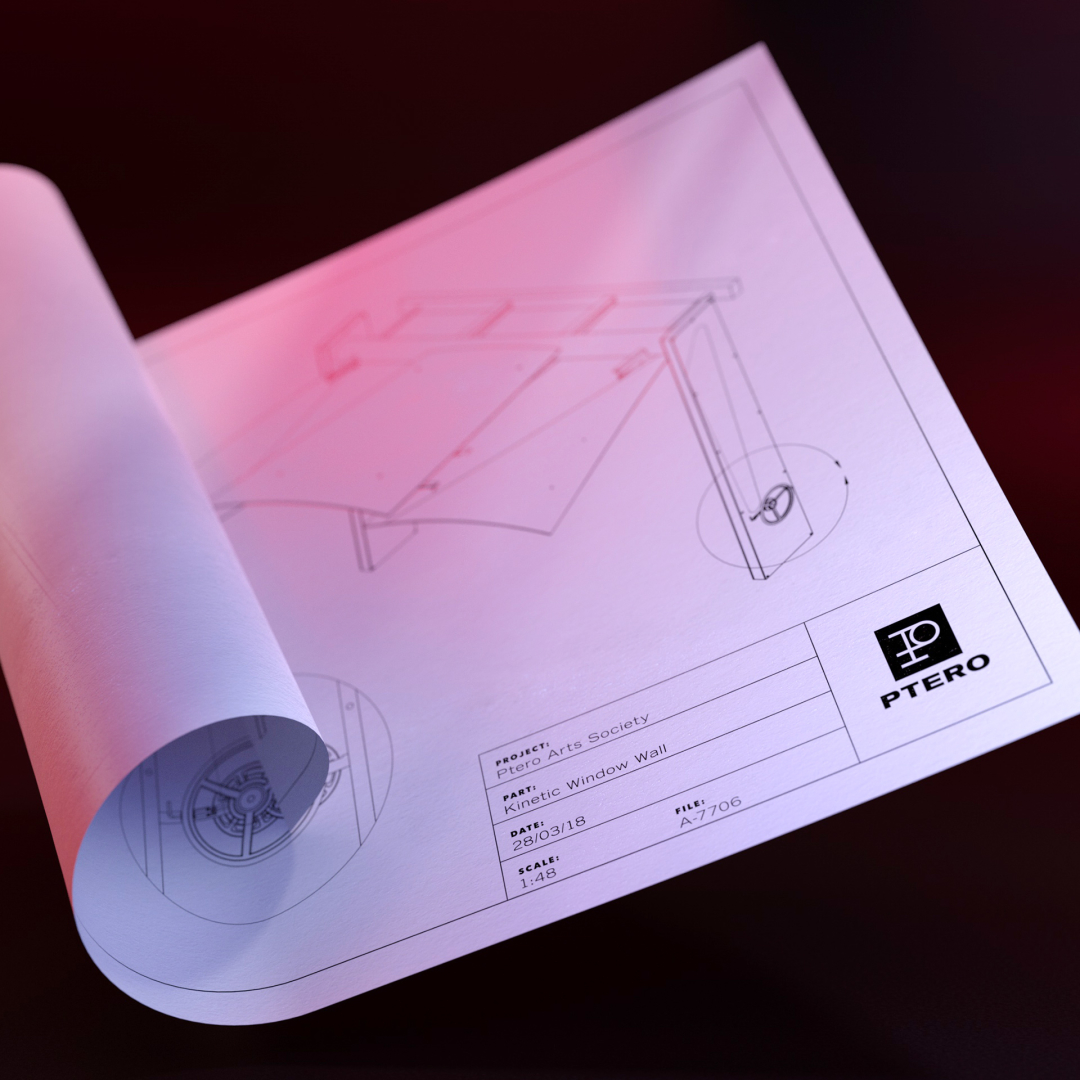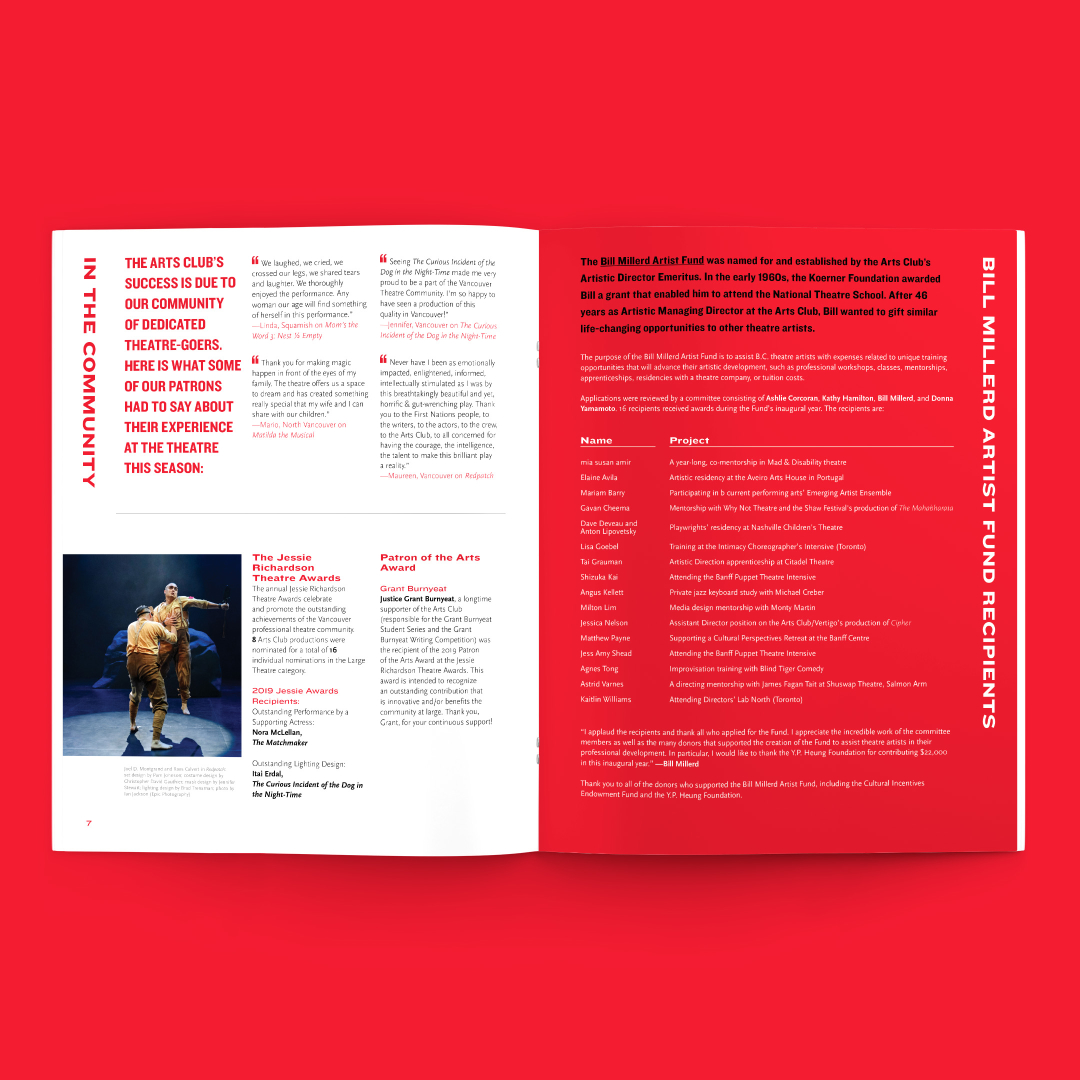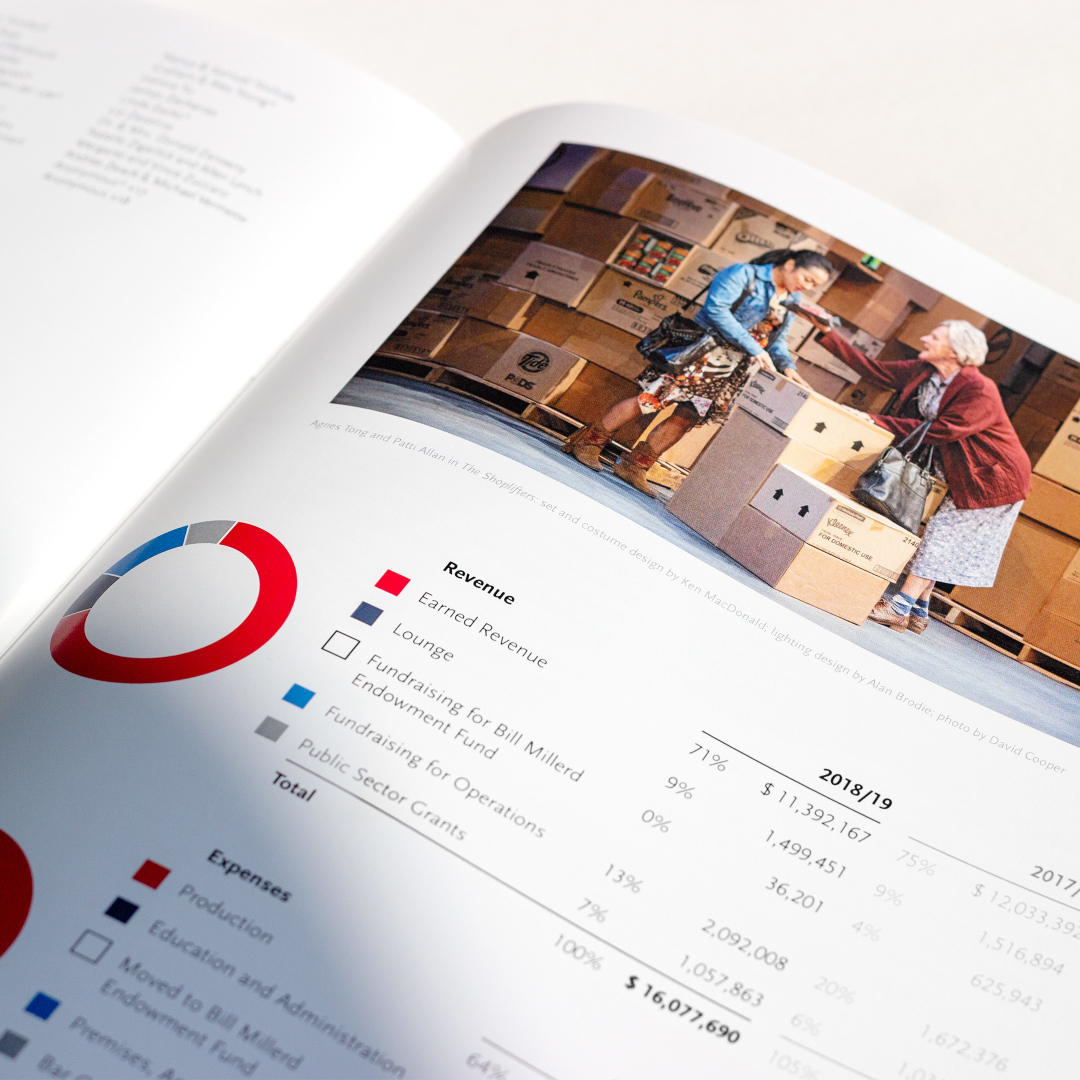CFUV 101.9 FM is Victoria’s non-profit campus and community radio station. Since 1984 they have provided a platform for marginalized voices, highlighted music unrepresented in the mainstream, and contributed to their local community through the promotion of artists, organizations, events, and festivals.
Inspired by the station’s Orwellian founding date, CFUV wanted the graphics for their 2018 funding drive based on a tonally dark aesthetic influenced by authoritarian and cultist iconography. I designed the campaign’s imagery around a rework of the Eye of Providence, a classic signifier in the conspiracy theorist’s canon. Enclosed by it’s requisite triangle, a dominating central eye radiates optically challenging waves—a reference to the radio format as well as propaganda’s manipulative effects. This form is supported with bold typography and additional graphic elements, which are used in a collage variant and for the campaign’s social media component.
While working with the funding drive’s arcane theme, we made sure the graphics held a contemporary edge that appealed to the station’s visually literate audience. This effort was a success, with merchandise being re-ordered by the end of the campaign due to its popularity.






Lines of Force is an experimental electronic album produced on cassette by the Washington duo Doubler. For its packaging design, I aimed to evoke the album’s progressive sound as it related to the artists’ goal of “blurring the space between connected and unconnected foundations of synthetic collaboration”.
Integrating fragmented wireframe structures with organic texture fields, I referenced the album’s interplay between consistent rhythm and emergent ambient sound. Saturated gradient colours were used to contrast grey negative space, reinforcing this visual duality. Eclectic typography, worn textures, and sci-fi motifs further added to a gritty futuristic look that imparts a sense of innovation in an alien timeline.






Dregs Plume, authored by Canadian poet and activist Cecily Nicholson for the exhibition Estuary, delves into the legacy of industrial and colonial practices on the Nanaimo River Estuary. Echoing its ecological focus, the chapbook utilizes a selection of green paper, while its minimalist layout imparts an elegant literary quality. A geometric serif font was chosen to strikingly convey the organic human touch combined with the rigidity of their machinery.



William Glasser’s debut post-punk effort, Faith, plunges the listener into a miasma of religion, love, temptation, suffering, and greed. Using a minimalist approach, the album’s human themes were emphasized through archetypal graphics complimented by sparse typography.
On the front cover a pair of cherries stand for lust and seduction. The album’s reverse side features the ancient sculpture Laoco├╢n and His Sons; a prototypical depiction of human suffering. The gold texture used for these elements imparts a notion of opulent excess and strikingly contrasts the design’s pure red background.
Titles and a track listing are given ample breathing room to frame the remaining layout. Set with a sans-serif and blackletter typeface pairing, the text combines contemporary aesthetics with a gothic influence.
The resulting combination of these components imparts a sense of refinement and iconic power depicted in a style appealing to Glasser’s listeners, while remaining innovative.




Gilherse was created to generate culturally valuable experiences in public settings.
Unlike galleries, coffee shops or other traditional venues, Gilherse integrates its imagery directly into the urban environment. This enrichs people’s predictable surroundings by challenging their visual expectations. These new experiences contribute to an overall impression of distinctiveness and vitality within our city.
As an independent project, Gilherse is a uniquely accessible venue for artists and designers to reach a general audience. Their collective voice broadens the range of creative expression within our community and invigorates our cultural dialogue.
Gilherse primarily uses greyscale prints to display its contributors’ work. This format allows imagery to be quickly and economically reproduced. The larger the quantity of prints that are put up on a variety of urban surfaces, such as power poles, the wider their cultural impact.
Conversely, Gilherse pop-up exhibitions create a more unified and captivating experience than the isolated pieces provide. Along with these shows, materials such as stickers and pins are used to increase the public’s awareness of Gilherse and its purpose.
All these components are supported by the project’s branding, which gives the same sense of legitimacy found in institutionalized art and design. Its crisp and cohesive visual identity conveys the quality of Gilherse’s content without distracting from it.








The Hamilton brothers had been distilling ΓÇ£mircoΓÇ¥ batch whiskey for two decades before deciding to expand their part-time passion into an official business. This transformation called for a brand package that encompassed the various aspects of their craft.
Through the initial brand process, a vintage feel that fit with the brother’s fashionable Brooklyn surroundings was decided on for their brand’s art direction. Development began with a logo, an initial label design, and additional brand elements. Among these pieces, a barley ear was utilized as a straightforward brand mark, a dove motif spoke to the purity of their whiskey, and a brick wall pattern referenced the brand’s iconic setting. Renderings were made to visualize how these elements would appear in a real-world context prior to the commitment of manufacturing.
While world events suspended the brothers’ business plans, they intend to continue with them in the future.






Niagara Falls has long drawn spectators to see its face. The churning swells, billows of mist, and the cascading curtain of water evoke a remarkable duality: an aura of enchantment with a siren’s call for death. Honeymoon Capital of the World is a collaborative art book with writing by EA Douglas dedicated to syndicating this complexity. The text collates statements from news articles on the demise of daredevils with personal recollections of nuptial getaways, impressing a sense of curious anxiety upon the reader.
The publication’s design intensifies this emotional response, starting with its captivating neon cover. The pattern intricately cut into it subtly mimics the interplay of light on the water's surface, hinting at the depths within. The interior pages, characterized by a sporadic layout, narrow margins, and design elements spilling off their edges, create a deliberate sense of spatial discomfort.
Throughout the book, interspersed historical images have been distorted with a glitching algorithm, further enhancing the atmosphere of unease. A standout feature is the augmented reality component that allows readers to inspect “Sonny”, a pet turtle who plunged over the falls in a barrel. Surviving, he was adopted by a family whose oldest son then died going over the cataract two decades later. Finally, descending folio numbers mirror the downward journey over the falls, integrating the book’s thematic and visual aspects.












The Navigator is Vancouver Island University’s independently run student newspaper. As the publication’s art director for its 46th volume, I had creative control over the year’s redesign. Working with the editor-in-chief, we sought to elevate the publication beyond its “student newspaper” appearance. I introduced a classic yet modern literary aesthetic raising the newspaper’s perceived value within the local community and more accurately representing the quality of the journalism within its pages.










Arvo Leo’s The Orchids/Had the Look of Flowers That Are Looked At explored the enigmatic orchid plant family. The exhibition’s accompanying publication of the same name lead its reader “astray into a series of histories and ideas revolving around the orchid.” Part calendar and part essay, the free almanac-inspired booklet provided visitors a supplementary greenhouse of ideas they could leave with, continuing to propagate after their immediate experience had ended.








Influenced by gothic and black metal subcultures, The Black Rose was a Vancouver-based fashion label that catered to a sophisticated sensibility. A vintage inspired logomark complimented by elegant typography gave the brand a timelessness that contextualized the lo-fi imagery used in their otherwise restrained clothing and accessory designs.





Consisting of two exhibitions, Silva was a contemporary art project that followed a thematic path from the microcosms of the forest floor, to the quantifying and processing of lumber, to the global distribution of forestry products. Similarly, each aspect of the project’s design was inspired by this theme: typographic layouts were based on a founding silviculture text from 1664; exhibition pamphlets incorporated botanical renderings of fungus and roots; and mailers were printed on newspaper, a pulp industry product.








































